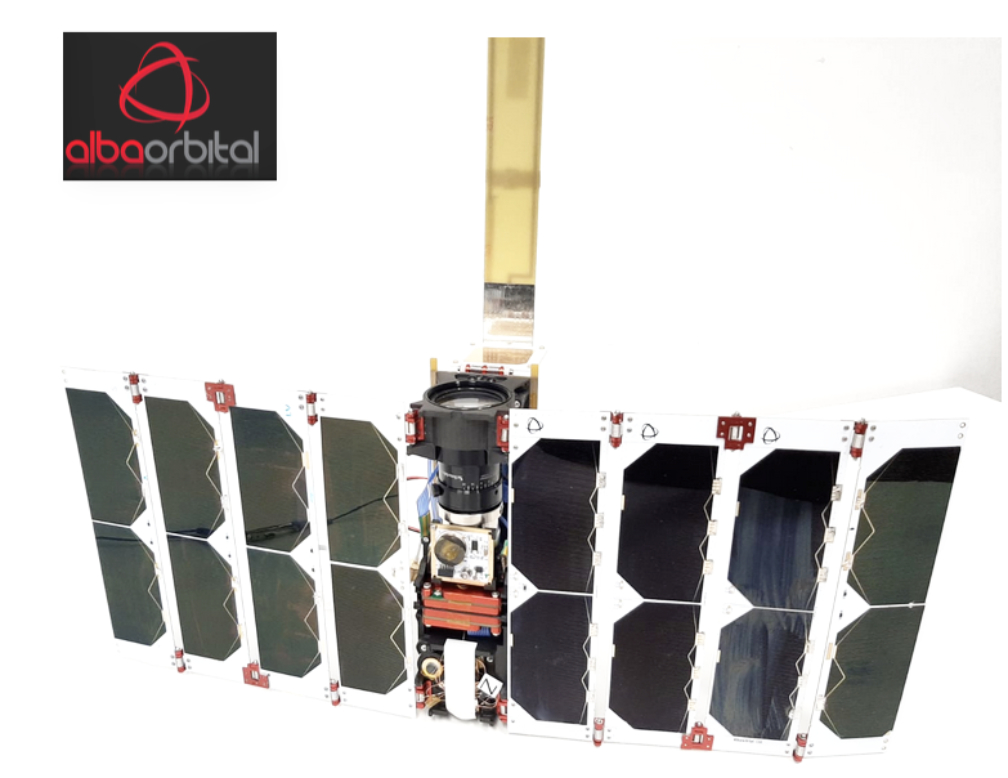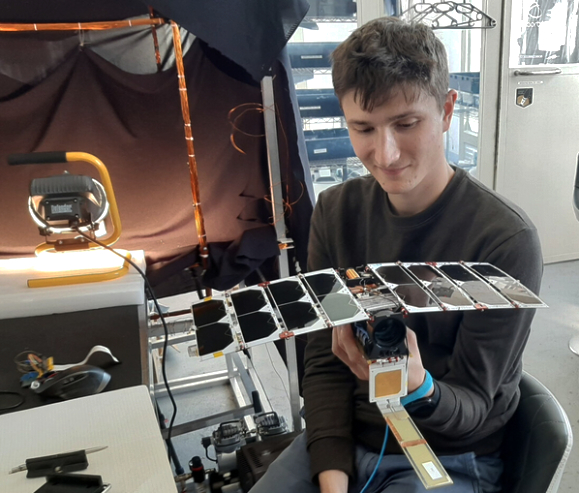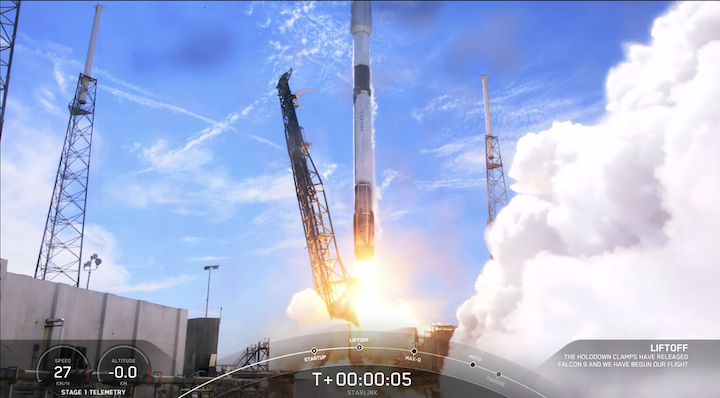
SpaceX was successful with the launch on Wednesday, in which the Falcon 9 launched 60 Starlink satellites from Space Launch Complex 40 (SLC-40) at Cape Canaveral Space Force Station in Florida.
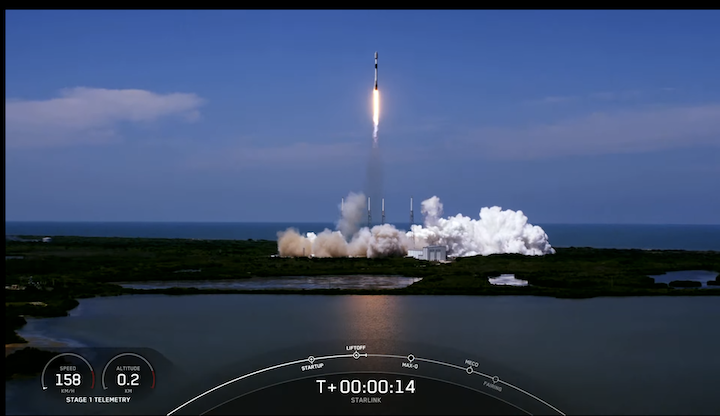
Falcon 9’s first stage booster previously supported the Sentinel-6A mission. Following stage separation, SpaceX successfully landed Falcon 9’s first stage on the “Just Read the Instructions” droneship, which is located in the Atlantic Ocean.
One half of Falcon 9’s fairing previously supported four Starlink missions and the other half previously supported a Starlink mission and the Transporter-1 mission.
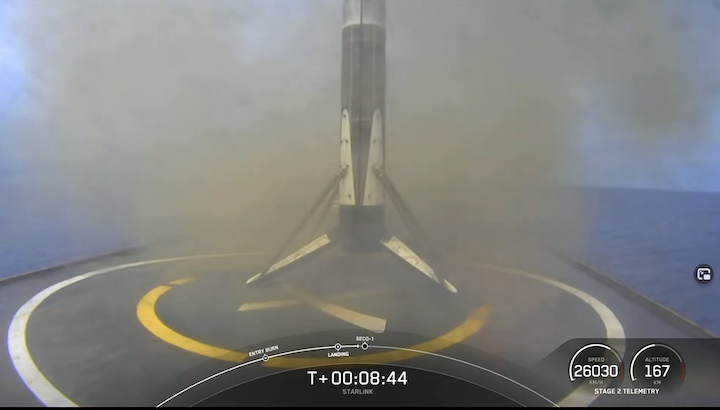
To see if Starlink is available in your area, visit starlink.com.

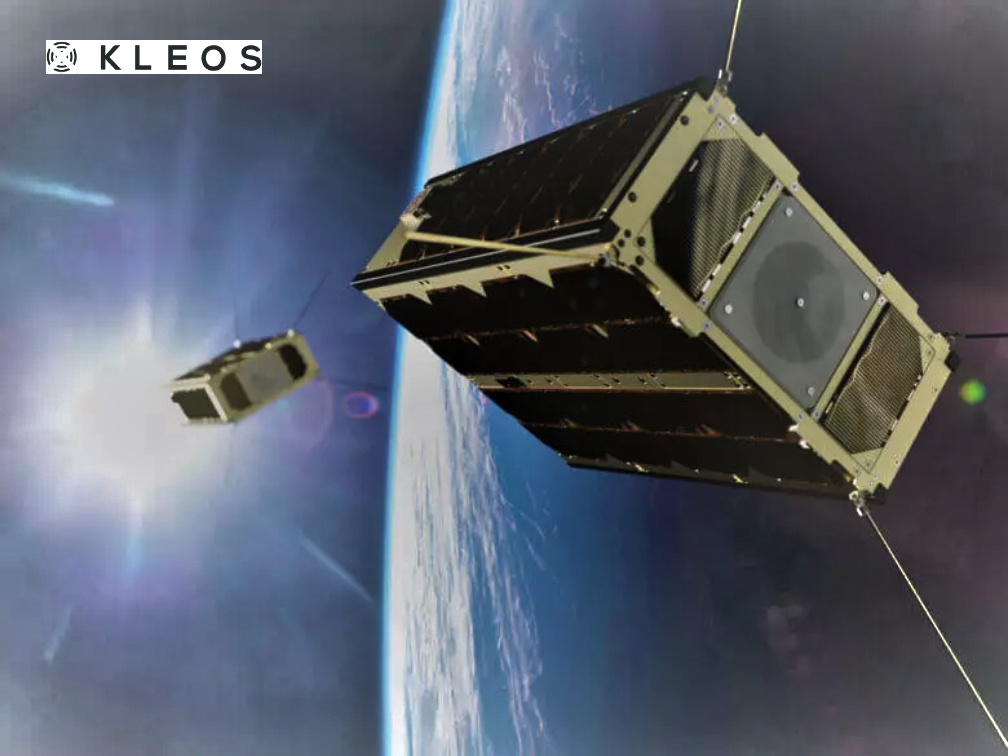
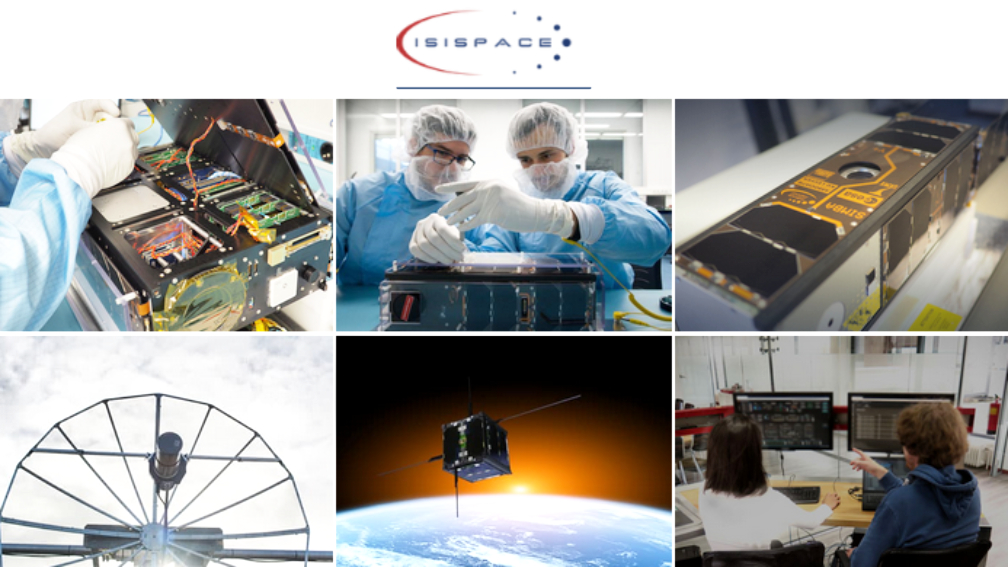
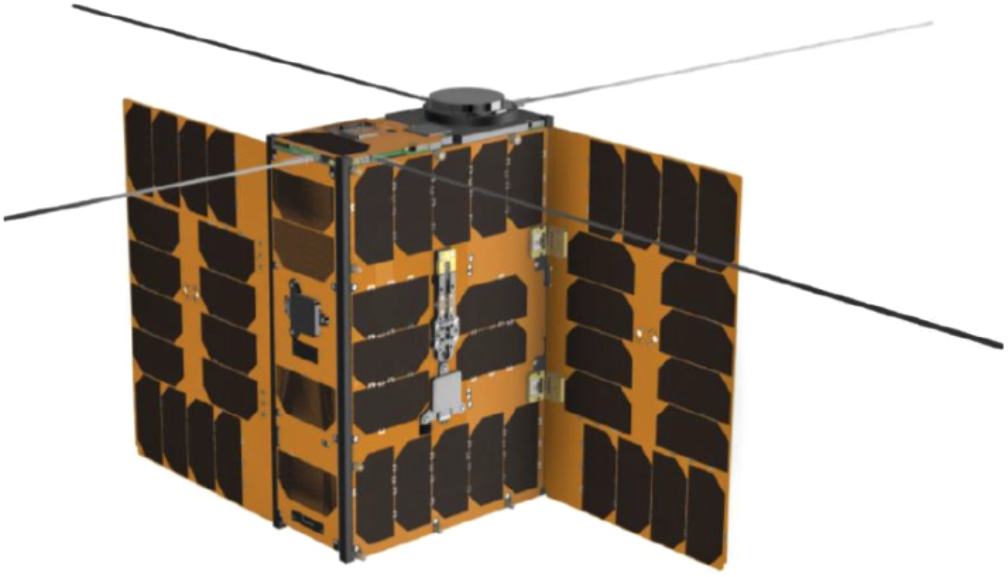

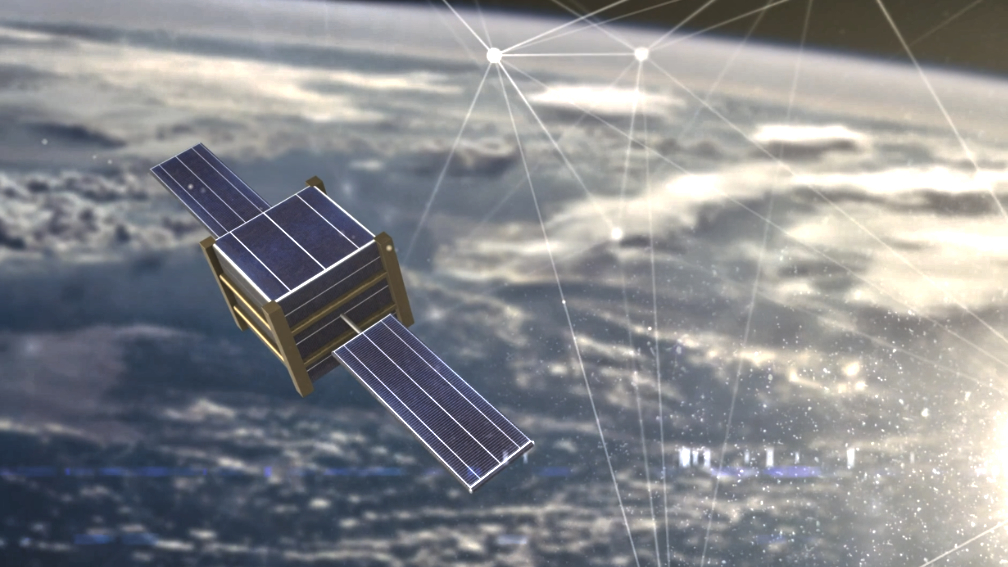
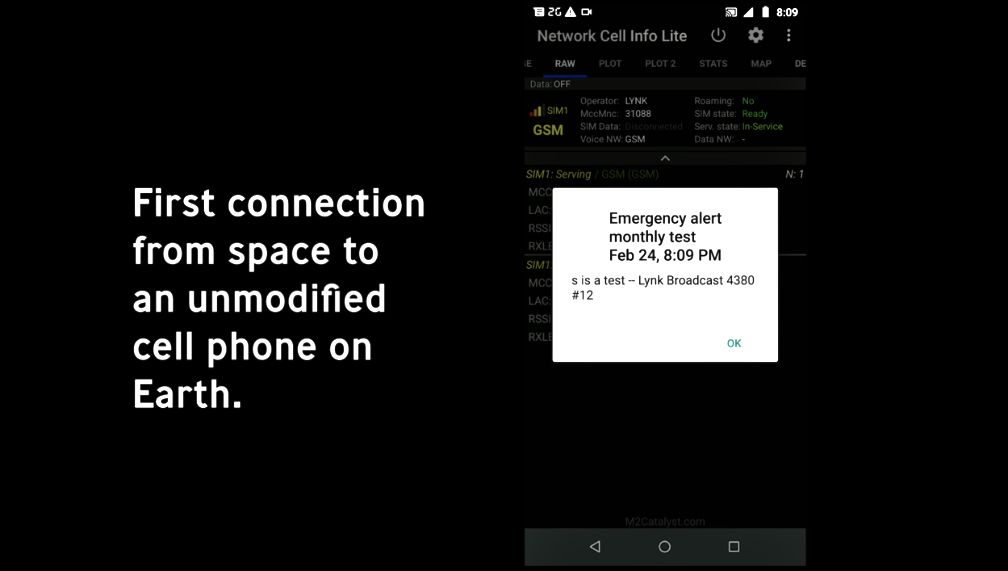


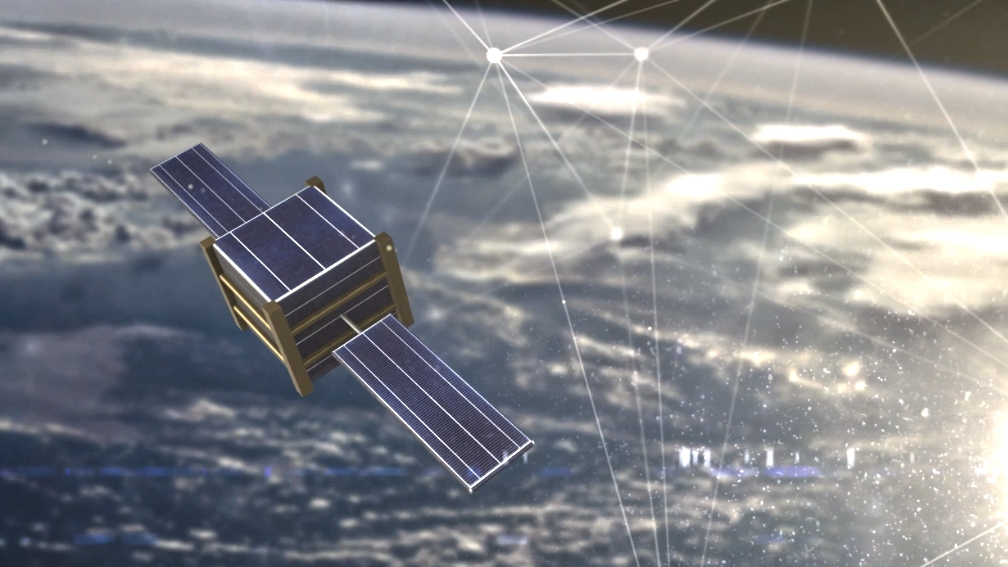
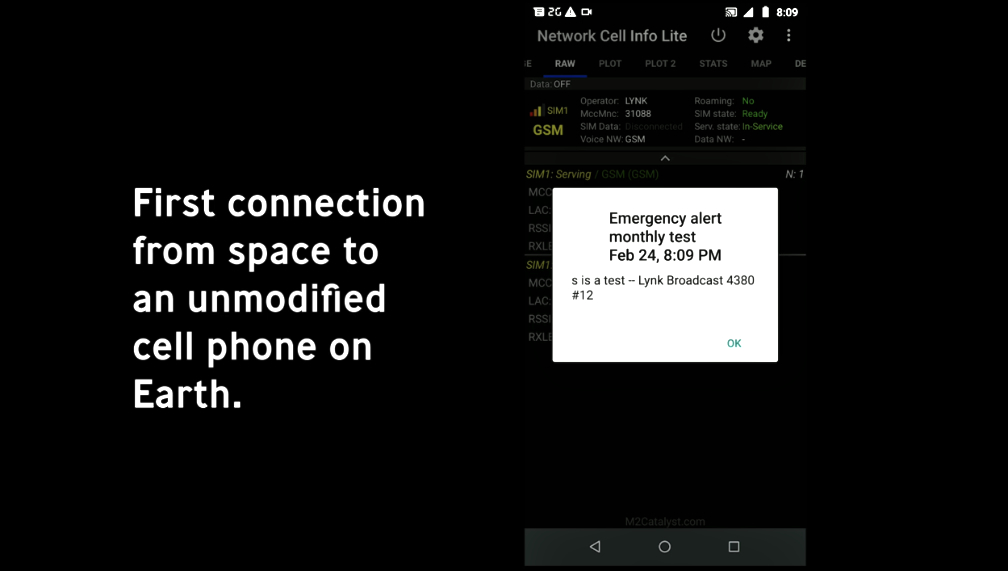

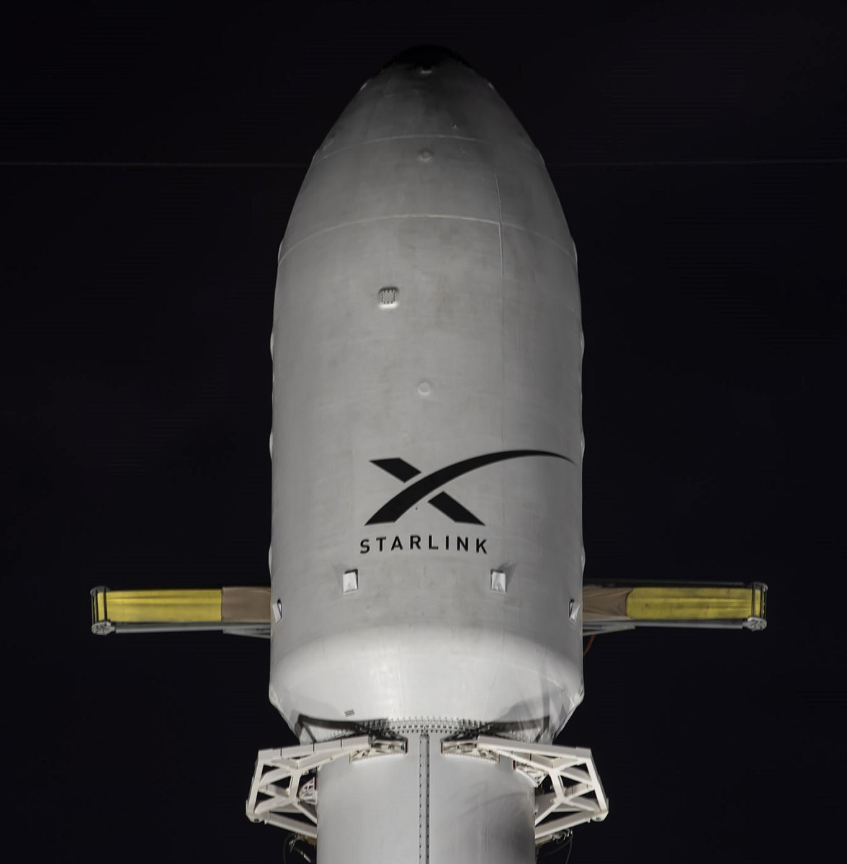
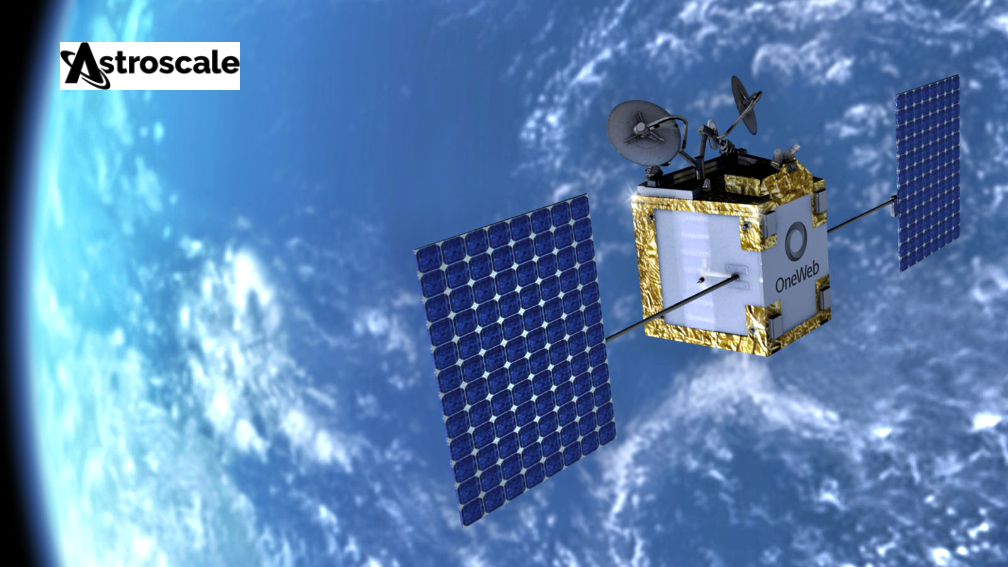
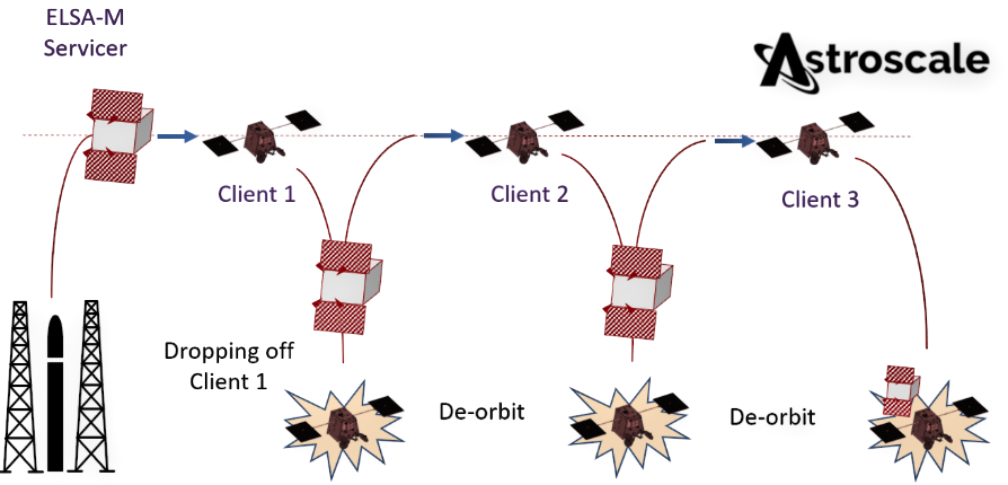

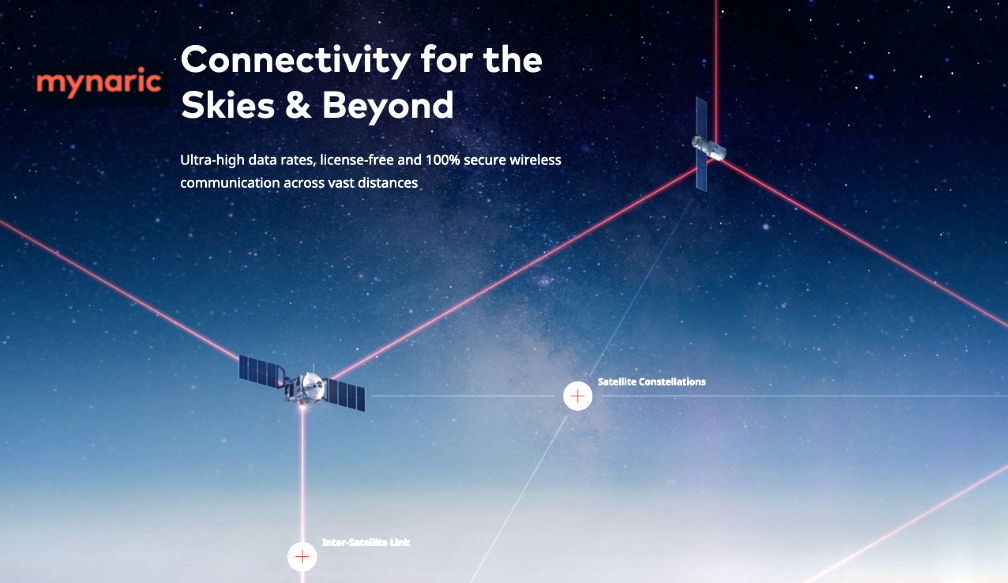


 is a patented, high-speed global cloud storage network of space-based data centers, each seamlessly interconnected together to provide exclusive and secure cloud infrastructure to service providers, enterprises and governments around the world.
is a patented, high-speed global cloud storage network of space-based data centers, each seamlessly interconnected together to provide exclusive and secure cloud infrastructure to service providers, enterprises and governments around the world.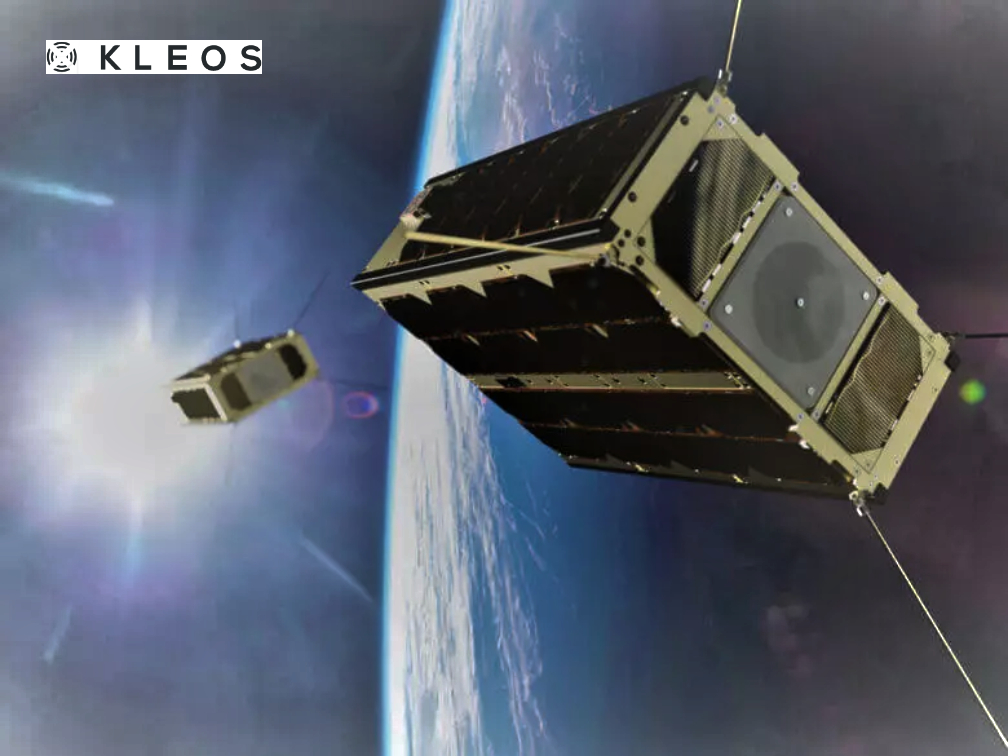
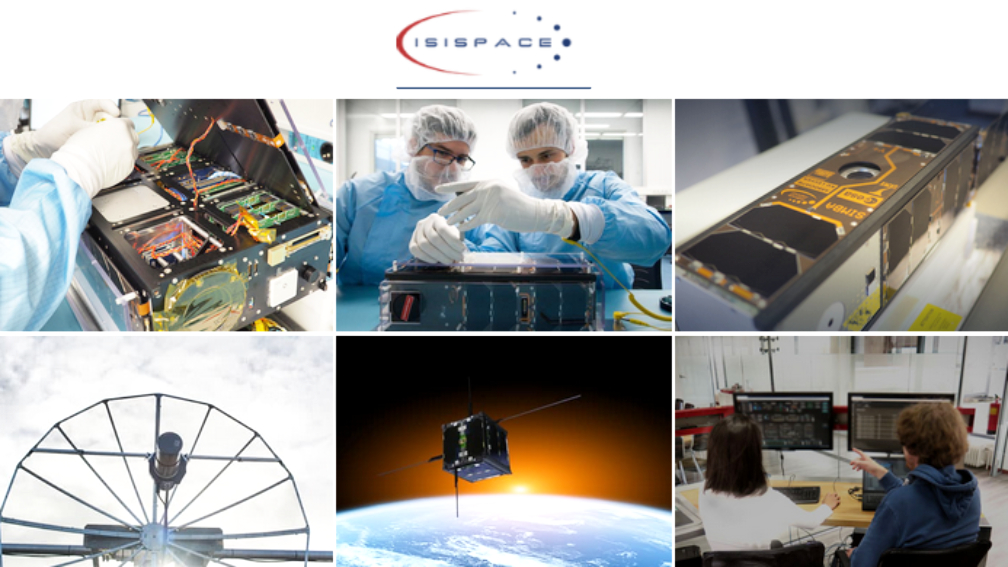
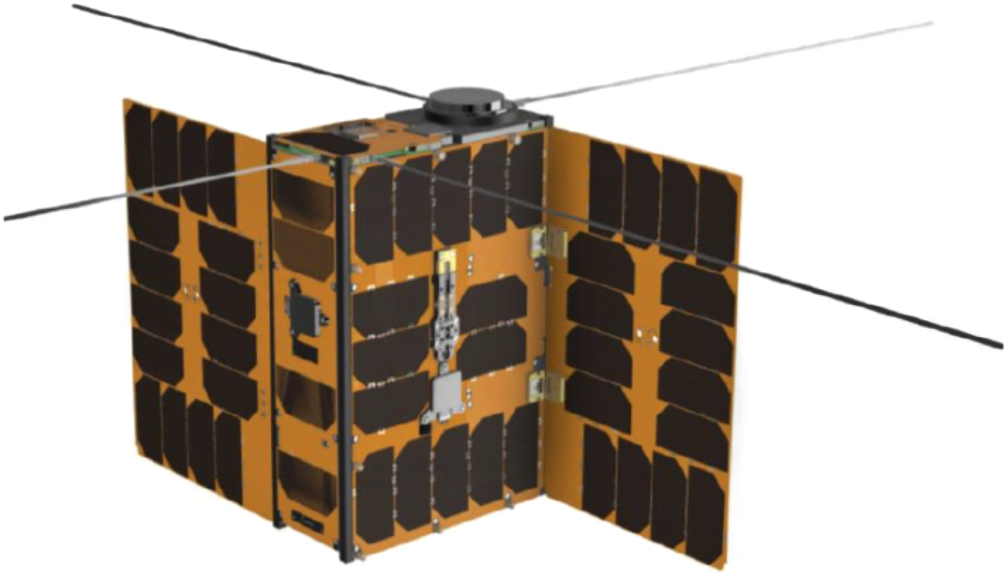
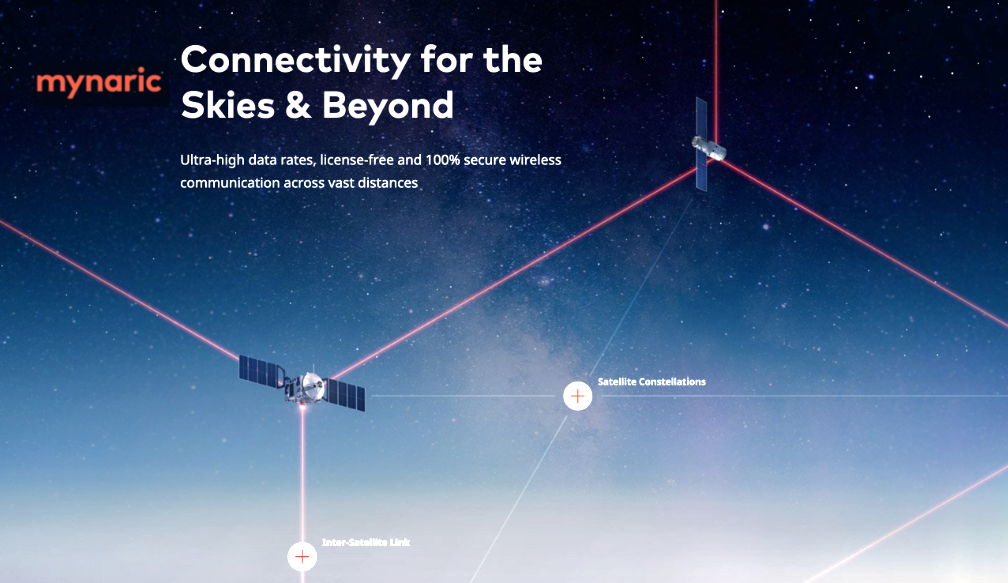


 is a patented, high-speed global cloud storage network of space-based data centers, each seamlessly interconnected together to provide exclusive and secure cloud infrastructure to service providers, enterprises and governments around the world.
is a patented, high-speed global cloud storage network of space-based data centers, each seamlessly interconnected together to provide exclusive and secure cloud infrastructure to service providers, enterprises and governments around the world.